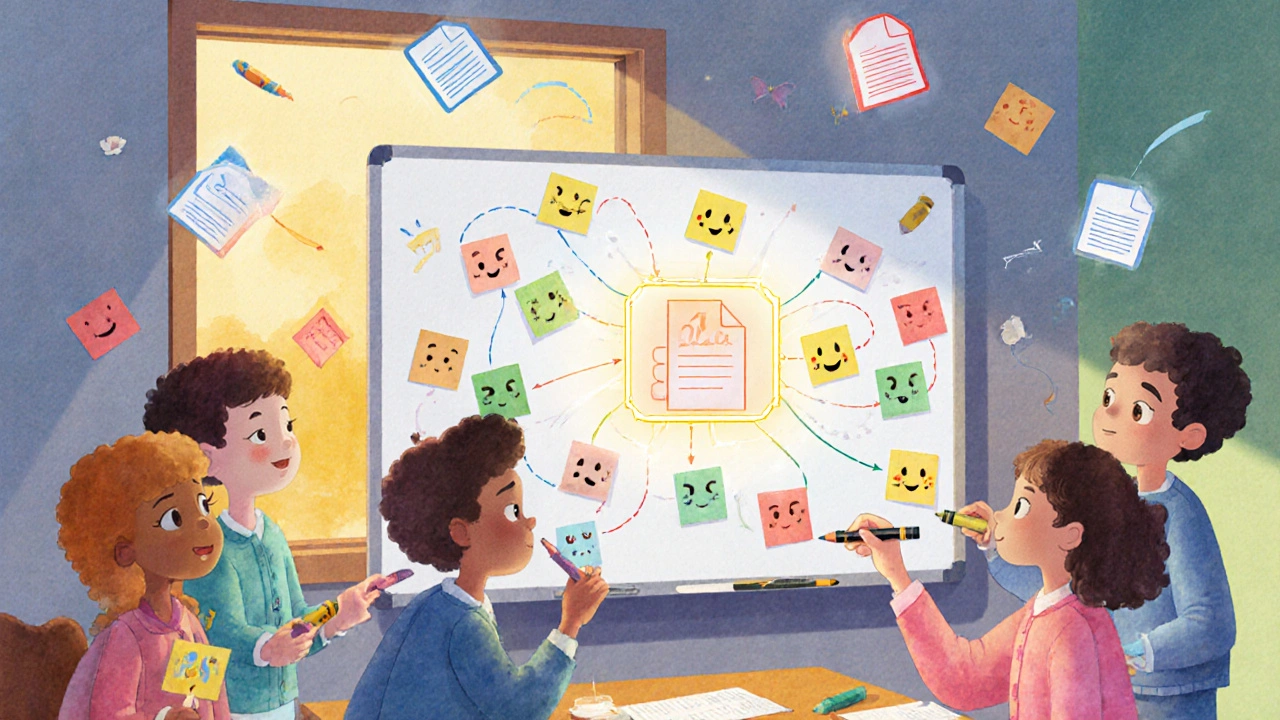Whiteboard Collaboration: How Teams Use Digital Boards for Better Meetings and Remote Work
When teams need to brainstorm, plan, or solve problems together, whiteboard collaboration, the practice of using shared visual spaces to exchange ideas in real time. Also known as digital whiteboarding, it turns abstract thoughts into visible diagrams, flowcharts, and sticky notes that everyone can see and edit. This isn’t just about drawing lines on a screen—it’s about making thinking visible so no one gets lost in a Zoom call or a conference room with no markers.
Whiteboard collaboration works best when it’s tied to the tools people already use. If your team is on a VoIP integration, the connection between internet calling systems and collaborative software, you can start a call, open a digital whiteboard, and start sketching out a sales funnel—all without switching apps. Tools like Microsoft Whiteboard, Miro, or Jamboard sync with platforms like Teams, Zoom, and Google Meet. You don’t need fancy hardware. A tablet, a laptop, or even a phone can become your team’s shared canvas.
Remote teams rely on this more than ever. A sales rep in Berlin can circle a target region while a developer in Mexico City adds notes about API limits. A project manager in Toronto can draw a timeline while a designer in Sydney adds icons for deliverables. It’s not magic—it’s simple, real-time annotation that replaces endless email threads and confusing voice memos. And unlike static slides or PDFs, these boards stay live. You can return to them later, add comments, or export them as images or docs.
But it’s not just about the tool. It’s about the habit. Teams that use whiteboard collaboration regularly report fewer misunderstandings, faster decisions, and more engagement from quiet members. When someone can draw their idea instead of explaining it in words, others get it quicker. And when everyone can add to the board during a meeting, no one feels left out.
That’s why this collection of posts covers more than just the tools. You’ll find guides on how to set up whiteboard sessions that actually stick, how to avoid the common mistakes that make digital boards useless, and how to tie them into your existing VoIP and video systems so everything flows smoothly. You’ll see how companies use whiteboard collaboration to train remote staff, plan product launches, and even handle customer support by sketching out solutions live with clients.
Whether you’re running a five-person startup or managing a global support team, whiteboard collaboration isn’t a luxury—it’s a way to make your meetings matter. The posts below show you exactly how to make it work, without the fluff, without the hype, and without spending a fortune on software you’ll never use.
